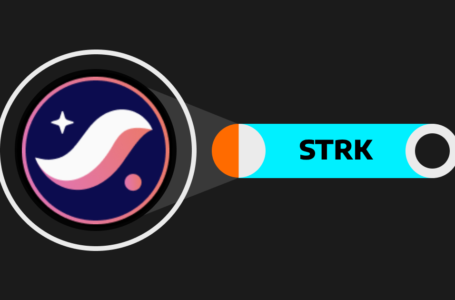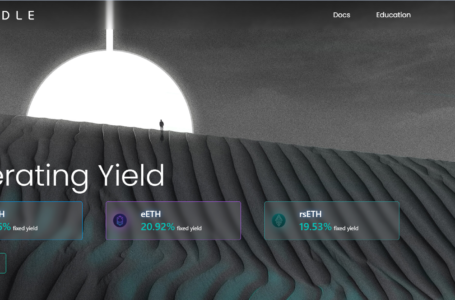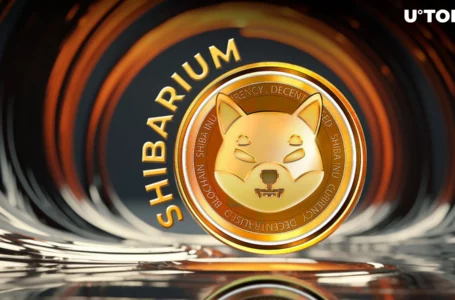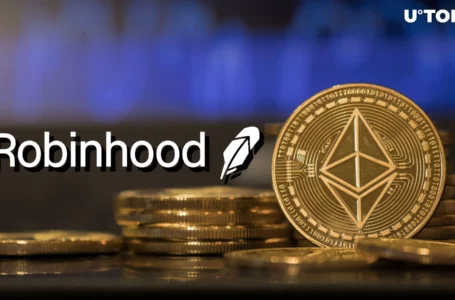
Now, almost two months later, comprehensive details of his project have finally been revealed. It is called Solidly Exchange and will be the first protocol-to-protocol automated market-maker (AMM) in decentralized finance (DeFi). It has the potential to start a new era of product innovation on decentralized finance, all thanks to the star power launching the protocol. Behind it are Andre Cronje and Daniele Sestagalli, two of the best-known DeFi developers in the space.
Cronje rose to fame with YFI, a yield aggregator service and one of the first DeFi protocols that kickstarted DeFi Summer 2020. Considered to be one of the most innovative and brilliant devs in crypto, Cronje hasn’t rested on his laurels and developed KP3R since. Little surprise that the DeFi space is excited, but Cronje’s Kobe has a Shaq in his team, too: Daniele Sestagalli.
Sestagalli, or Dani as most call him, is a prolific community builder that surged to fame with his MIM, Wonderland and Popsicle Finance projects that coined the term frog nation, a grassroots DeFi development focused on fair protocol development. Dani came under fire this year when Twitter detective-in-charge @ZachXBT revealed that the CFO of Wonderland, 0xSifu, was in fact a convinced fraudster.
How Does Solidly Exchange Work?
Solidly Exchange is an automated market maker, a way for traders to trade without an order book model providing liquidity. I’ve been following $SOLID for weeks now, and the Solidly token, previously known as ve(3,3), will finally be live and tradeable in 2 days. In advance of Andre Cronje’s token finally coming to market, I’ll give a final price prediction and my positioning into the launch.
When AMMs first came out, they were revolutionary for their ability to offer a liquid trading book and trade without slippage. But the AMM market has matured quickly, and they are now a dime a dozen, as everyone and their grandmother can copy a functioning AMM and call it an exchange. However, Solidly Exchange is different because it focuses on fees instead of liquidity.
For instance, if you hold the Solidly token, you will be happy that the protocol is trying to maximize its profit (fees), which is why so many people are excited about it.
We still don’t know how exactly Solidly Exchange will work. What we do know is that protocols will be able to swap stable tokens as well as uncorrelated assets. Cronje revealed that there will be a 0.01% fee on swaps, and interfaces will be compatible with Uniswap. Pool creation will be permissionless, as will be support for bribes.
What Are Bribes?
This is where the ve(3,3) meme comes in. It is a combination of the (3,3) meme popularized by Olympus DAO and the ve stands for the “Vote Escrowed” mechanism of Curve Finance. To understand bribes, you must understand what ve and (3,3) stand for (skip this section if you know both).
(3,3) had its peak in fall 2021 and rose to fame thanks to the Olympus DAO, a token backed by a treasury of other tokens that attempts to find long-term stability through this mechanism. (3,3) was the meme that symbolized the game theory behind Olympus’ tokenomics.
In short, users can choose between staking and selling OHM, with a third option of bonding explained in our deep dive into Olympus DAO. If all investors stake, everyone benefits from the astronomic APY offered by Olympus, which counters a constant emission of new tokens. But if investors start selling, this can lead to a panic sale where everyone loses. In short, investors are caught in a prisoners’ dilemma with the outcomes symbolized by their payouts: (3,3) or (-3,-3).
Many other projects forked the code of Olympus and its tokenomics, with Dani’s Wonderland (TIME) being the first and most prominent OHM copycat.
ve stands for Vote Escrowed and is a mechanism introduced by Curve Finance, a stablecoin exchange to incentivize holding its CRV token for the long run. In short, CRV token holders have the same governance rights as all protocols. However, by staking the CRV token, you can receive veCRV – Vote escrowed CRV – which boosts your fee shares and voting rights. The longer you stake CRV for, the more veCRV you receive, but you cannot unstake your CRV before the chosen unstaking date.
Bribes are a way of accumulating more ve-tokens for a protocol. A protocol can essentially offer a user a bribe in its native token to receive the voting power associated with their staked tokens. You can read more about this complex topic in our deep dive into the Curve Wars.
So, what makes Solidly Exchange different from Curve Finance, and where do the bribes come in?
Unique Features of Solidly Exchange
The most distinct feature of Solidly Exchange will be how it uses its native token — $SOLID.
On Curve Finance, you receive 50% of the protocol fees regardless of which pool you vote for. You can vote for a pool that generates no fees for Curve, and you still get half of all the remaining fees. This is counterproductive for Curve because it doesn’t incentivize cash flow for the protocol.
On Solidly Exchange, you will only receive fees from the pool you vote for. However, liquidity pools have an incentive to keep fees low to attract traders, which counterbalances a potential race to the top.
Furthermore, CRV emissions are predictable on Curve because they are pre-determined. Weekly emissions of the native Solidly token will depend on the amount that is staked. If no tokens are staked, the maximum is emitted. If all tokens are staked, no new tokens are issued. Moreover, the native token will be emitted without diluting other holders. Say you have staked 50% of the Solidly token, you will receive 50% of new token emissions. That is why it is beneficial to stay (3,3) – to stay staked.
Lastly, the staked Solidly tokens will be issued as NFTs. The NFT will function as a receipt of your position and will allow investors to trade it in secondary markets and use it as collateral, increasing the capital efficiency of the native token.


















